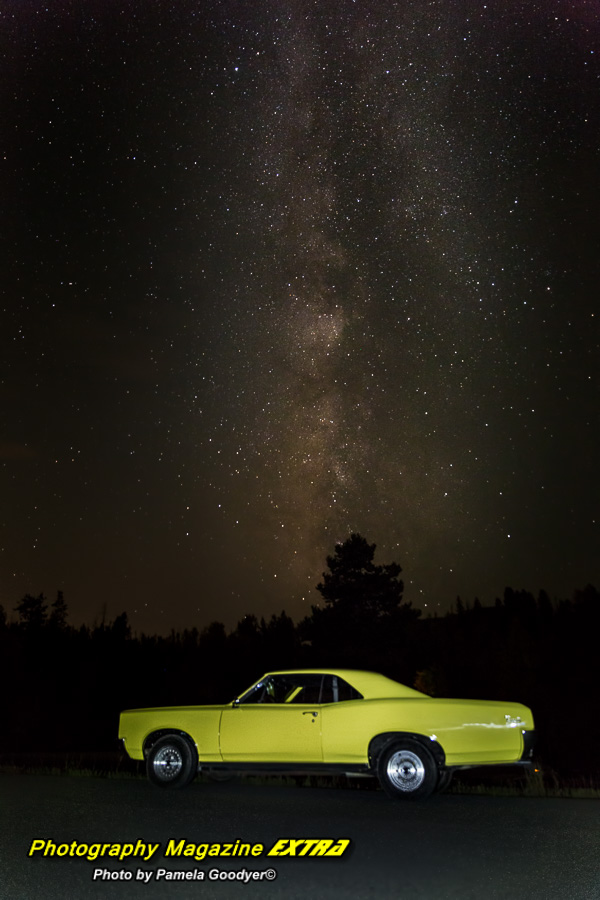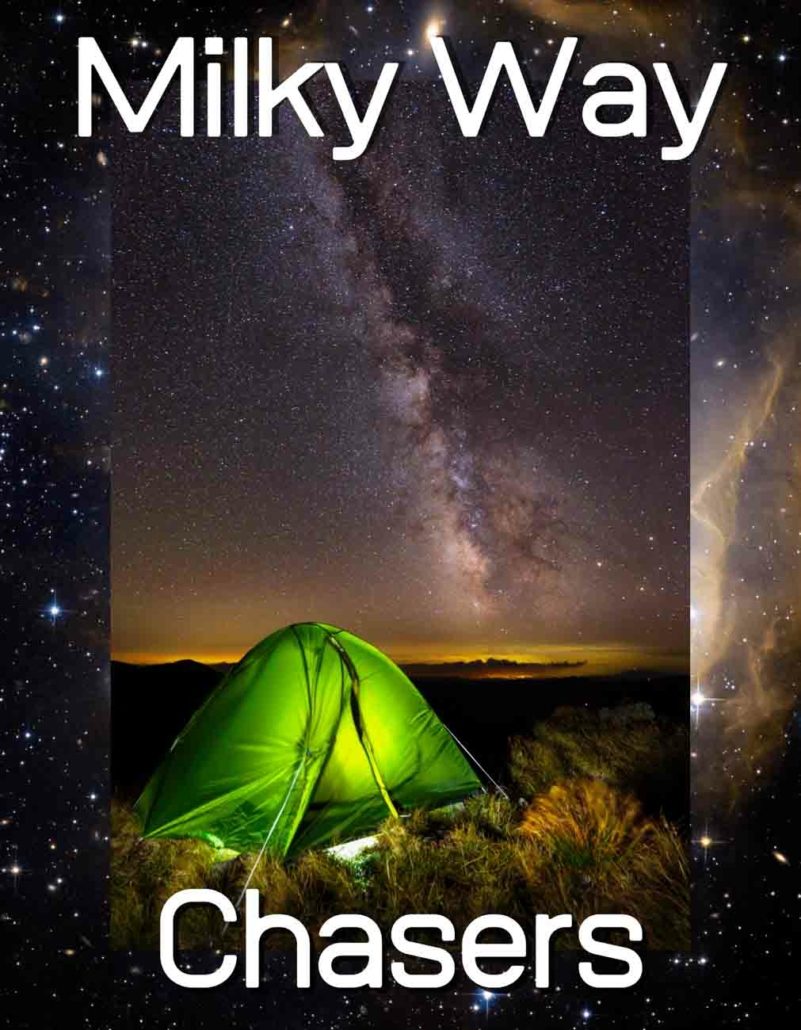Rocky Mountain National Park Milky Way Photography
Hot Spot Location
MILKY WAY- NIGHT PHOTOGRAPHY LOCATION
Rocky Mountain National Park contains some of the darkest skies in the lower 48. Astrophotographers and Milky Way photographers flock to this area at the right time of year. This ultimate location brings dark skies and jaw-dropping photography. You can see our suggestions about where to stay below. The image of the Milky Way over the lake is right outside your door in Colorado Cabin Adventure.
What is most impressive about this location is the ability to see Moose, Elk, and Milky Way. Rocky Mountain National Park is so dark you can walk just a few steps from your cabin and easily photograph the Milky Way. While you are here, check our links below to see the best time of year to do Milky Way photography.
Furthermore, don’t screw up on this part. The Milky Way core is only visible on certain months of the year on certain days of the month. You will also need to know what time of night the Milky Way rises above the horizon. SEE BELOW.
In conclusion, put Rocky Mountain National Park on your list of places to do Milky Way Photography this year.
WHERE TO PHOTOGRAPH THE MILKY WAY
MORAINE PARK
Moraine Park is a hidden gem nestled in the breathtaking landscapes of Rocky Mountain National Park. It’s a dream destination for stargazers, offering unobstructed night sky views and stunning mountain vistas. The park gates are open to all, allowing you to immerse yourself in the vast expanse of celestial wonders while surrounded by nature’s beauty. Just a short drive from Estes Park, Moraine Park is easily accessible yet secluded enough to provide optimal conditions for stargazing. With minimal light pollution and expansive sightlines, this picturesque location offers a front-row seat to witness the magnificent display of stars on a clear night. For an unforgettable experience under the stars, Moraine Park is undoubtedly one of the top spots to visit in Rocky Mountain National Park.
To reach Moraine Park, you must take Bear Lake Road.
SPRAGUE LAKE
Sprague Lake boasts a convenient location, making it a top choice for Milky Way photographers by night and nature lovers and hikers by day. Just a short drive from the charming town of Estes Park, the lake is easily accessible, with ample parking nearby. No need to trek for miles – step out of your car and immerse yourself in the serene beauty of this breathtaking destination.
- Distance: 0.8-mile round trip.
- Type of Trail: Easy
BEAR LAKE
The stunning vista transforms into a stargazer’s paradise, offering unobstructed views of twinkling stars and planets. For a unique experience, take a nighttime hike up Bear Lake Trail.
- Distance: .25 miles each way
- Elevation Gain: 20 feet
- Type of Trail: Easy
- Bear Lake Trail Guide – Summer
ALL OVER THE PARK
This park is dark-sky territory. Scout it out during the day while photographing the park. HERE IS A PARK MAP.
WHAT IS THE BEST TIME TO GO?
Months: The Milky Way Core can be seen from March to October, disappearing below the horizon for the rest of the year. It appears in the early morning hours in March and becomes visible earlier each month. The best time to catch a glimpse of the core is during summer, when it can be seen immediately after sunset, providing an ideal viewing opportunity for stargazers and photographers.
New Moon: Timing is crucial to see the Milky Way. This celestial event can only be seen on clear nights without a visible moon, limiting the window for viewing.
Light Pollution: The best way to experience the full wonder of the Milky Way is to escape from areas with heavy light pollution. However, it may be possible to see some faint traces of the galaxy from places with mild artificial lighting; the most spectacular views can be found in remote locations far from cities and civilizations. Check out our How to Section for more details, including using a light pollution map to guide you to dark sky locations.
HOW LONG TO PHOTOGRAPH THIS AREA?
This area can be explored and photographed in just a few hours. You will want to pair this up with other great photography locations.
WHAT PHOTOGRAPHY GEAR SHOULD I BRING?
- A Camera with a wide-angle lens.
- A zoom lens for wildlife photography during the day.
- Tripod – For shooting flowers in aperture priority mode.
- Shutter release
- Polarizing Filter
- Milky Way’s list is below.
WHAT ESLE SHOULD I BRING?
- Water and Snacks
- Bug repellent
- Warm clothes – temperatures drop drastically.
HOW DO I GET THERE?
Address for your GPS: 1000 US Hwy 36, Estes Park, CO 80517
HOW BUSY DOES IT GET?
Summer is a hectic time to visit Rocky Mountain National Park, as most visitors come between May and October. We went during the Elk rut in October, which was not bad.
ANYTHING ELSE?
They have a Hiker Shuttle; all passengers must book tickets in advance through www.recreation.gov. Reservations are accepted on a first-come, first-served basis, and each party member must have a ticket. BOOK RESERVATION HERE.
A $2 processing fee applies to each reservation, covering up to 4 Hiker Shuttle Tickets for a maximum of 4 individuals, regardless of age.





















 Photography, Lessons, Workshops and Classes.
Photography, Lessons, Workshops and Classes.


